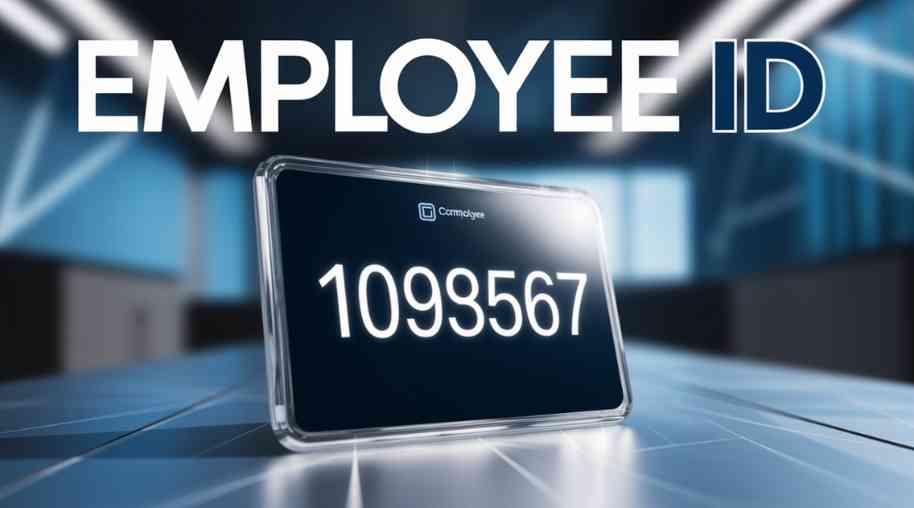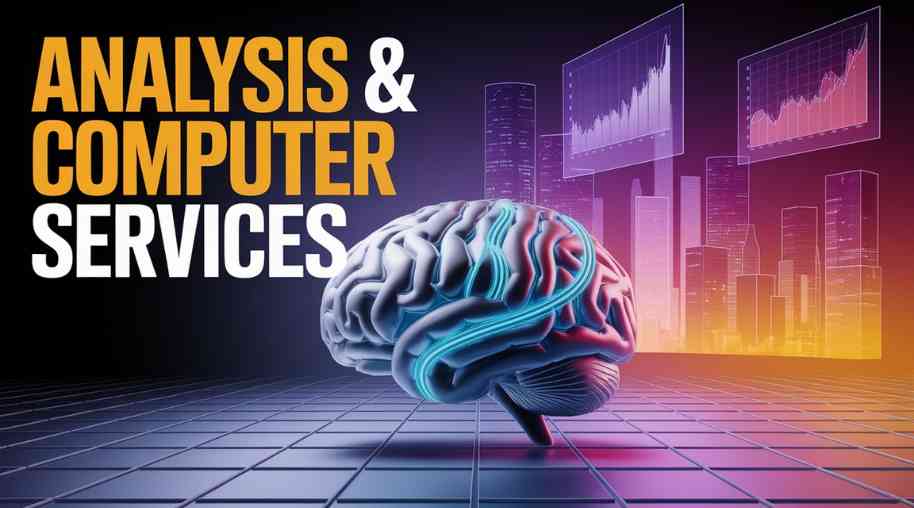EUIN Full Form-Employee Unique Identification Number
by Shashi Gaherwar
0 2192
Employee Unique Identification Number (UIN): Importance, Benefits, and Implementation
In the modern corporate landscape, employee management and record-keeping are crucial for organizational efficiency. The Employee Unique Identification Number (UIN) is a system that assigns a unique ID to each employee, streamlining workforce tracking, payroll management, and HR processes.

This article explores the importance, benefits, implementation, and challenges of Employee UIN systems in various industries.
What is an Employee Unique Identification Number (UIN)?
The Employee Unique Identification Number (UIN) is a distinct alphanumeric code assigned to each employee within an organization. It serves as a permanent reference number for HR processes, payroll, attendance tracking, and performance evaluation.
Key Features of UIN
- Uniqueness: Each employee gets a distinct identification number.
- Permanent Record: Remains unchanged throughout an employee's tenure.
- HR and Payroll Integration: Helps streamline salary processing and compliance.
- Digital Employee Records: Reduces paperwork and manual errors.
- Multi-Branch Functionality: Useful for large corporations with multiple locations.
Importance of Employee UIN
An effective UIN system brings multiple advantages to businesses and employees alike. Some of its key roles include:
- Efficient Workforce Management
- Ensures accurate tracking of employee activities.
- Helps in real-time monitoring of work hours and productivity.
- Payroll Processing and Tax Compliance
- Facilitates error-free salary calculations and disbursements.
- Links employees to tax and social security records, ensuring compliance with regulations.
- Employee Record Maintenance
- Acts as a single point of reference for all employee details.
- Simplifies background verification, promotions, and appraisals.
- Improved HR Operations
- Reduces redundancy in HR databases.
- Enhances efficiency in attendance management and leave tracking.
- Security and Access Control
- Enables secure access to company premises via biometric or RFID-based authentication.
- Reduces risks associated with employee impersonation and fraud.
Benefits of Implementing an Employee UIN System
Organizations that implement an Employee UIN system experience multiple benefits, such as:
- Time-Saving and Automation
- Automates manual HR and payroll tasks, saving significant time.
- Reduces human errors in documentation and salary processing.
- Scalability for Growing Businesses
- Supports expanding workforce and multi-location offices.
- Ensures smooth integration with HRMS (Human Resource Management Systems).
- Better Decision-Making
- Provides centralized workforce data, aiding in strategic HR planning.
- Helps identify performance trends and optimize productivity.
- Employee Satisfaction and Transparency
- Ensures fair payroll processing and accurate attendance records.
- Improves employee trust in HR and payroll departments.
How to Implement an Employee UIN System?
- Define UIN Format and Structure
- Decide whether the UIN should be numeric, alphanumeric, or include department codes.
- Example format: EMP2025001 (where EMP refers to Employee, 2025 is the joining year, and 001 is the unique ID).
- Integrate with HR and Payroll Systems
- Link UIN with HR software, payroll management systems, and attendance tracking tools.
- Assign UIN to New and Existing Employees
- Generate new UINs for fresh recruits.
- Migrate existing employee records into the UIN system.
- Establish Data Security Measures
- Implement encryption, authentication, and role-based access control.
- Ensure compliance with data protection regulations (such as GDPR, HIPAA, or local labor laws).
- Employee Training and Awareness
- Educate employees on the purpose and benefits of UIN.
- Provide training on accessing digital HR portals and updating personal records.
Challenges in Implementing Employee UIN
While the UIN system offers numerous advantages, organizations may face some challenges:
- Data Privacy Concerns
- Sensitive employee data must be securely stored and managed.
- Companies must adhere to strict data protection laws.
- Initial Setup Costs
- Implementing a UIN system requires investment in software and integration.
- Small businesses may find it challenging to allocate resources for automation.
- Employee Resistance to Change
- Some employees may be reluctant to adopt digital systems.
- Proper training and awareness programs can ease the transition.
Future of Employee UIN Systems
As organizations continue to digitize HR processes, the use of Employee UIN systems is expected to evolve with emerging technologies:
- AI-Driven Workforce Analytics
- AI-powered UIN systems can predict workforce trends and employee attrition.
- Enhances HR decision-making with data-driven insights.
- Blockchain-Based Employee Records
- Blockchain can ensure tamper-proof employee records linked to UIN.
- Enables secure background verification and credential validation.
- Biometric and RFID Integration
- Enhances security and real-time workforce tracking.
- Provides contactless attendance and access control solutions.
The Employee Unique Identification Number (UIN) is an essential component of modern HR and workforce management. By implementing a well-structured UIN system, businesses can achieve better employee tracking, payroll accuracy, and overall efficiency. As technology advances, integrating UIN with AI, blockchain, and biometric systems will further enhance organizational productivity and security.
Organizations looking to streamline HR operations, reduce manual errors, and improve employee management should consider adopting a UIN system for long-term efficiency and growth.
Further Learning Resources
If you’re passionate about building a successful blogging website, check out this helpful guide at Coding Tag – How to Start a Successful Blog. It offers practical steps and expert tips to kickstart your blogging journey!
For dedicated UPSC exam preparation, we highly recommend visiting www.iasmania.com. It offers well-structured resources, current affairs, and subject-wise notes tailored specifically for aspirants. Start your journey today!

Share:








Comments
Waiting for your comments